
SEPTEMBER 21, 22, 23, 2021
IVT VIRTUAL LIVE FEBRUARY 9 & 10, 2021
PROCEEDINGS NOW AVAILABLE TO VIEW
ON DEMAND – CLICK HERE FOR ACCESS
Times stated below are CET (GMT+1hr)
 Rahul Madhavan
Rahul Madhavan Prof Jens Krzywinski
Prof Jens Krzywinski Sebastian Lorenz
Sebastian Lorenz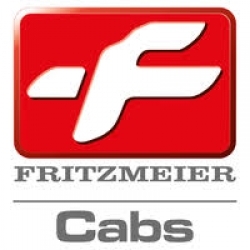 Uwe Rastel
Uwe Rastel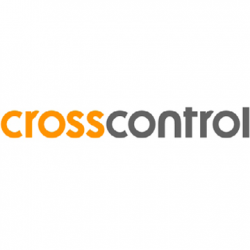 Dr Markus Wallmyr
Dr Markus Wallmyr Michael Jendis
Michael Jendis Michael Jendis
Michael Jendis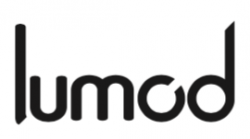 Wanja S Steinmaier
Wanja S Steinmaier Christopher Gromek
Christopher Gromek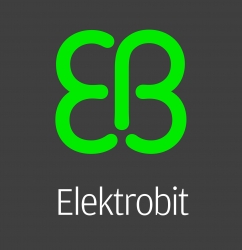 Borislav Nazarski
Borislav Nazarski Arno Purkrabek
Arno Purkrabek Dr Markus Wallmyr
Dr Markus Wallmyr Thomas Koch
Thomas Koch Juha Artama
Juha Artama Christian Wadell
Christian Wadell Christopher Gromek
Christopher Gromek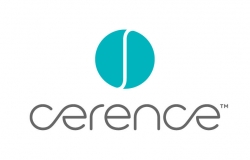 Duygu Kanver
Duygu Kanver Rahul Madhavan
Rahul Madhavan Dr Dragan Popovic
Dr Dragan Popovic